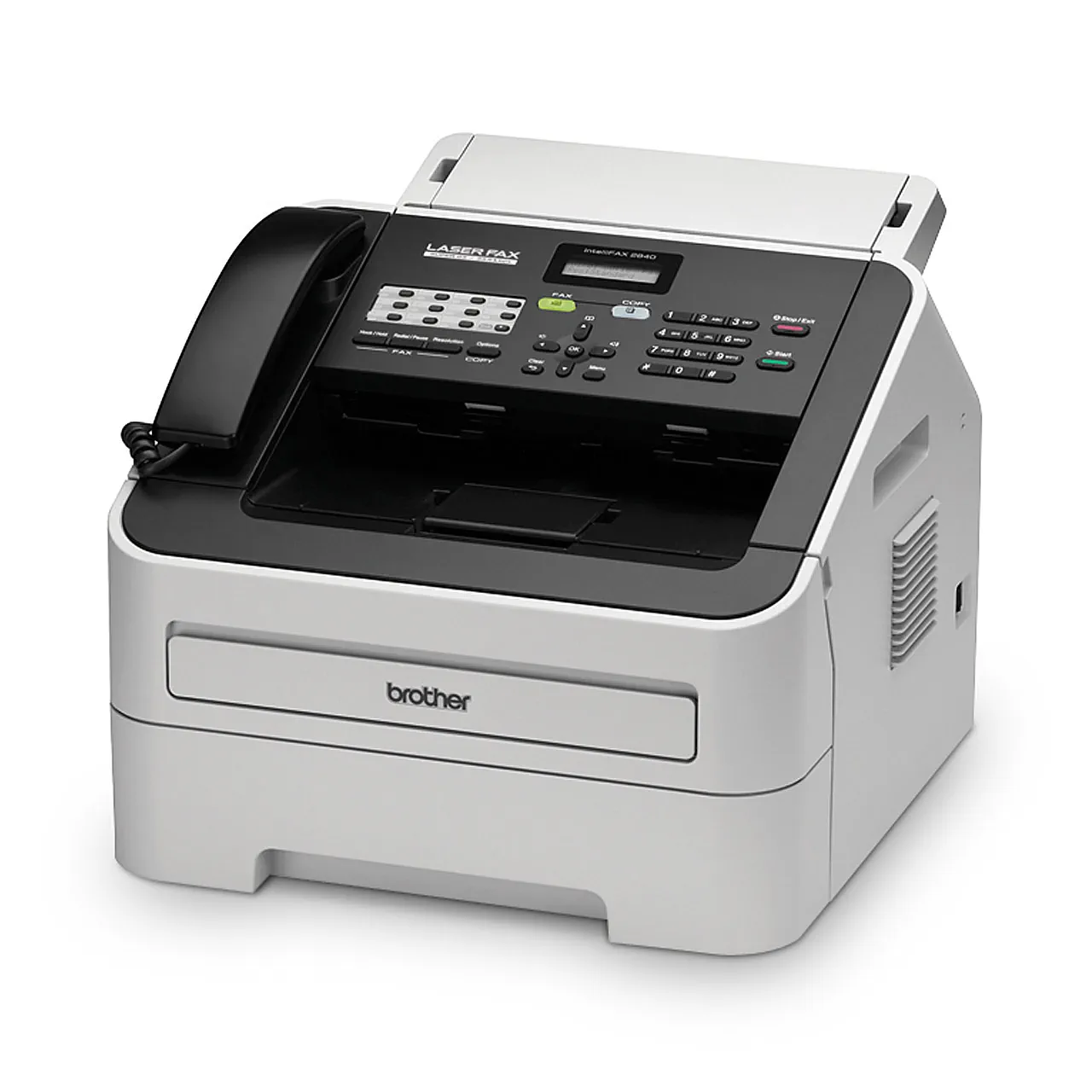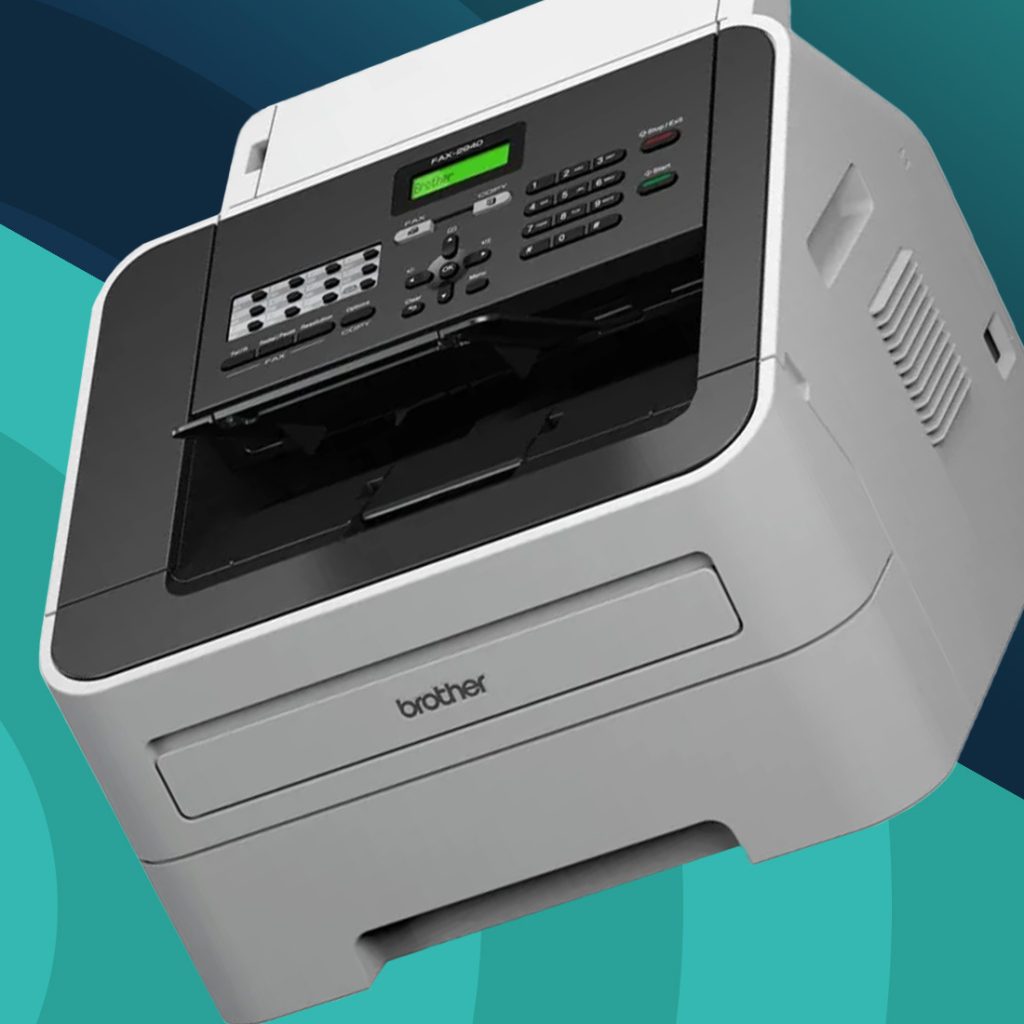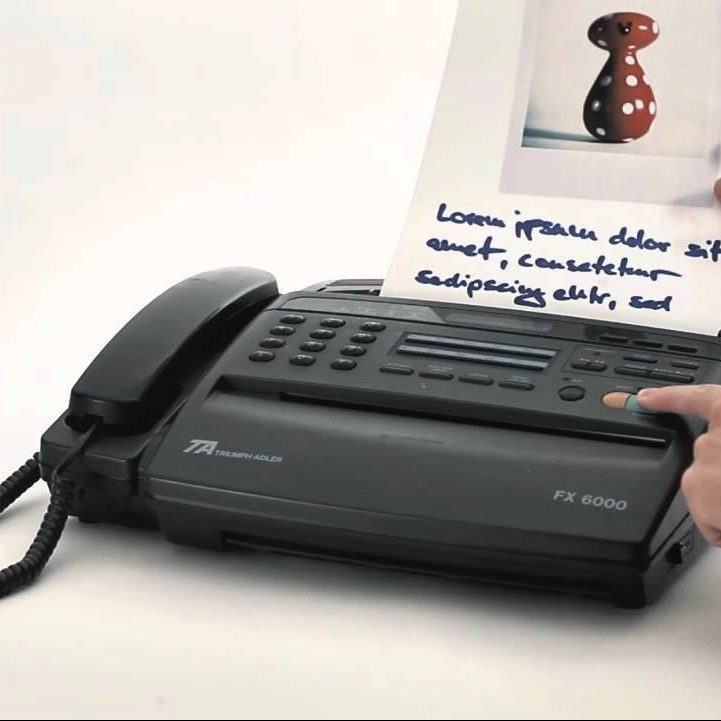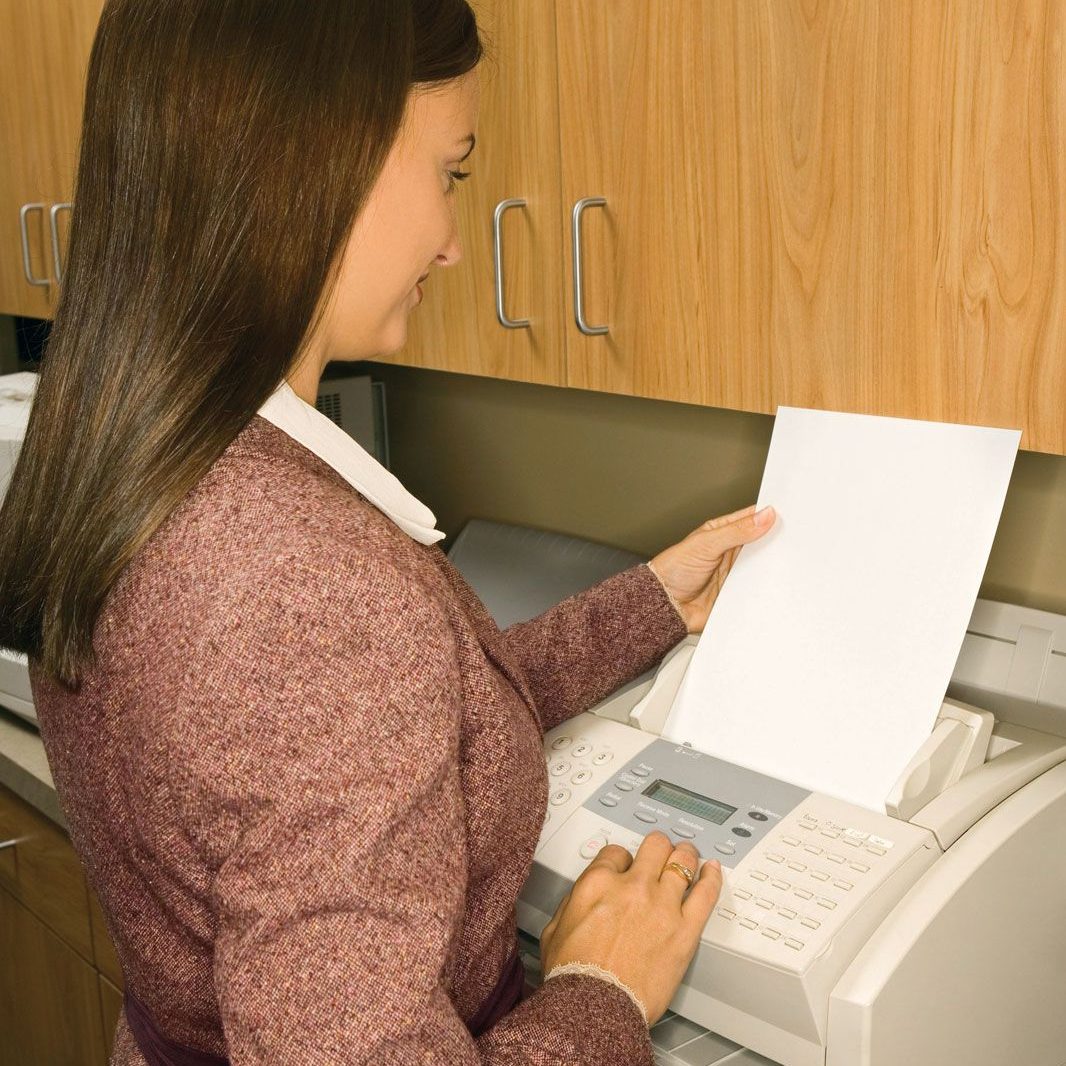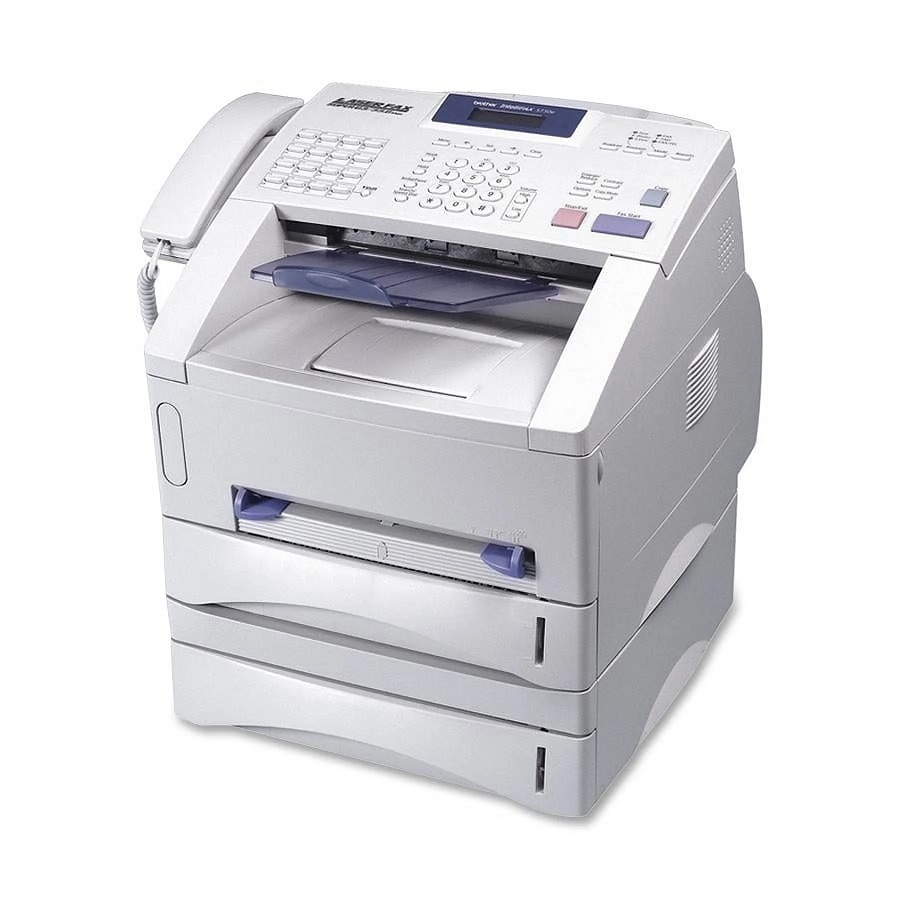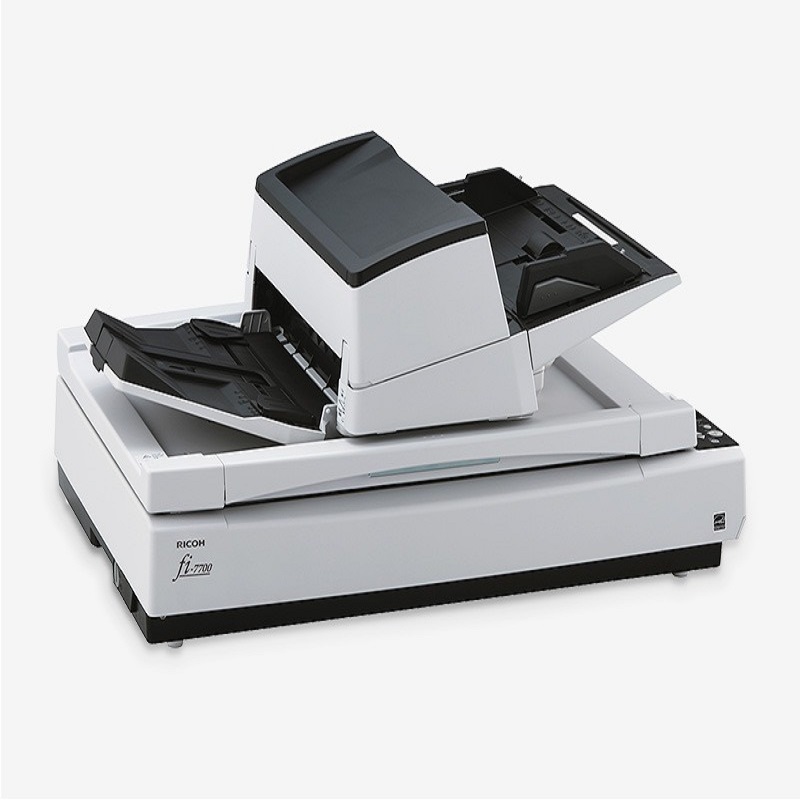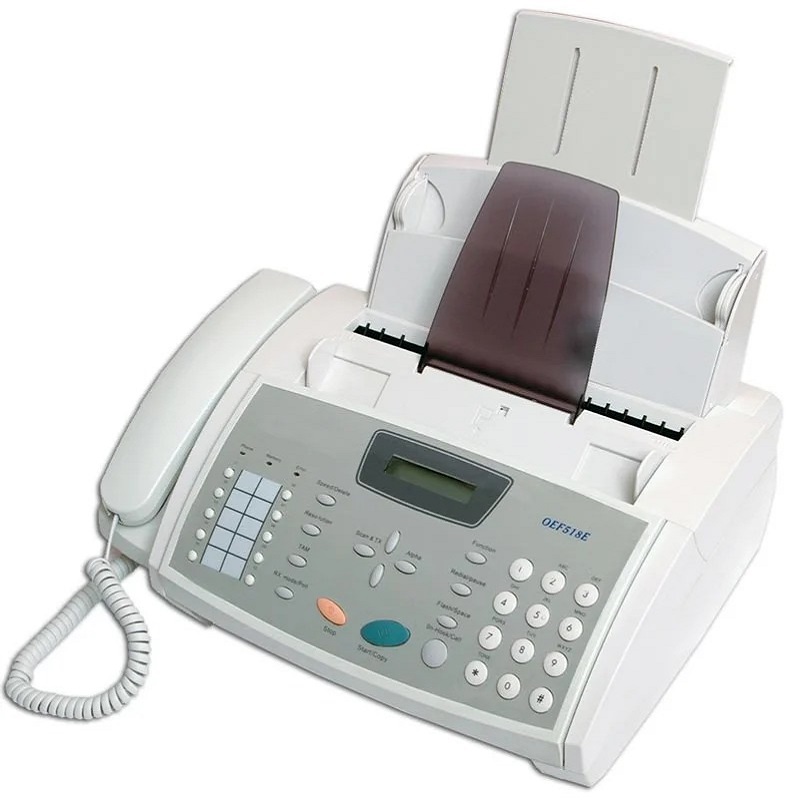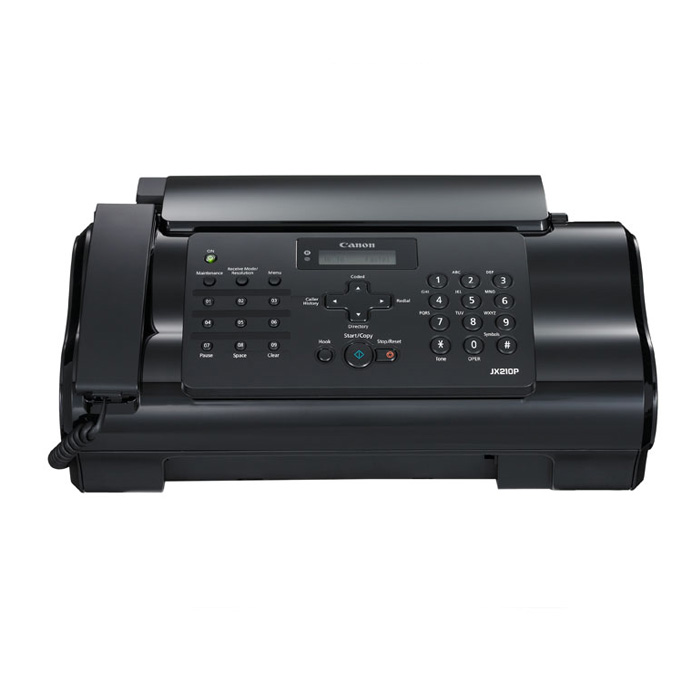Defining the Fax Machine
Whats a fax machine? A fax machine, short for facsimile machine, is a device used for transmitting printed or handwritten documents over a telephone network. While fax machines have become less common in recent years due to advancements in digital communication, they played a crucial role in document transmission before the widespread adoption of email and digital scanning technologies. In this comprehensive overview, we will explain the functionality, history, advantages, disadvantages, and current usage of fax machines.
The Components of a Fax Machine
Fax machines consist of several key components. The scanner forms the heart of the sending process. It captures the image of the document. Most fax machines use a CCD (Charge-Coupled Device) scanner. This technology ensures accurate image capture. The modem enables communication over phone lines. It converts digital signals into analog for transmission. The printer produces the received document. Many fax machines use thermal printing technology. Some advanced models employ laser printing methods.
A keypad allows users to input phone numbers and commands. This interface controls the fax machine’s operations. Memory chips store incoming and outgoing faxes. This feature enables batch processing of documents. A paper feed mechanism moves documents through the machine. It ensures smooth scanning and printing processes. Some fax machines include a built-in telephone handset. This allows voice communication on the same line. Advanced models feature LCD screens for easier operation. These displays show status messages and menu options.
Error correction circuitry ensures accurate transmission. It detects and corrects errors in the fax signal. Many modern fax machines include multiple functions. They often serve as printers, scanners, and copiers. Understanding these components reveals the complexity of fax technology. Each part plays a crucial role in the faxing process. The integration of these components enables seamless document transmission. Fax machines showcase the convergence of various technologies. They combine optical, electronic, and mechanical systems. This integration results in a powerful communication tool.
Overview of Fax Machine Functionality
A fax machine operates by converting a physical document into electronic signals that can be transmitted over a telephone line to a receiving fax machine. The following steps outline the functionality of a typical fax machine:
- Scanning: The document is placed face-down on the fax machine’s scanning glass or sheet feeder. The machine scans the document, creating a digital image of each page.
- Data Conversion: The digital image of the scanned document is converted into a sequence of electronic signals, encoding the information into binary code.
- Transmission: The fax machine dials the receiving fax machine’s phone number. The encoded digital data is then sent over the telephone line to the recipient.
Historical Development
The concept of faxing originated in the 19th century with the invention of the telegraph. However, it was not until the late 20th century that fax machines became more widely available and affordable. Key milestones in the development of fax technology include:
- Telegraphic Printing Telegraph (1843): Alexander Bain invented a device that could reproduce an image by scanning it with a stylus and transmitting it as a telegraph signal.
- Pantelegraph (1861): Giovanni Caselli developed a machine called the Pantelegraph that could transmit images over long distances using a series of synchronized pendulums.
- Faksimiletelegraf (1924): The German engineer Rudolf Hell invented the first practical fax machine, which used a light-sensitive cell and a rotating drum to scan and transmit images.
- Digital Fax Machines (1980s): The introduction of digital fax machines revolutionized fax technology, providing higher-quality document transmission and offering additional features such as memory storage and automatic document feeders.
The Faxing Process Explained
The faxing process involves several distinct steps. It begins with document scanning. The sender places the document in the fax machine. The scanner captures the image of the document. It converts the image into a series of digital signals. The fax machine then dials the recipient’s number. It establishes a connection with the receiving fax machine. Both machines engage in a “handshake” protocol. This sets parameters for the transmission. The sending machine begins transmitting the document data. It sends the information as a series of audio tones.
These tones represent the digital image data. The receiving machine decodes the incoming signals. It converts the audio tones back into digital information. This data recreates the original document image. The receiving fax machine then prints the document. It produces an exact copy of the original. Throughout this process, error correction occurs. Both machines check for data integrity. They can request retransmission of corrupted data.
This ensures accurate reproduction of the document. The entire process typically takes less than a minute per page. Fax machines can transmit text, images, and signatures. This versatility makes them valuable for official communications. The faxing process demonstrates efficient information transfer. It showcases the power of analog and digital technology integration. Understanding this process reveals the ingenuity of fax technology. It highlights the complex operations behind a seemingly simple task.
Current Usage and Alternatives
With the growing prevalence of digital communication methods, use a fax machine have become less common in many industries. However, fax machines are still used in specific contexts, such as:
- Healthcare: Fax machines are widely used in the healthcare industry for transmitting confidential patient information, medical records, or prescriptions due to privacy concerns and compatibility with legacy systems.
- Legal and Government Agencies: Fax machines are prevalent in legal and government entities that require secure and official document transmission due to their acceptance as legally valid documentation.
As alternatives to traditional fax machines, digital fax services have gained popularity. These services allow users to send and receive faxes electronically using email, online fax platforms, or dedicated fax software.
Advantages of fax machine
Fax machines, although less prominent in modern times due to digital advancements, still offer a range of advantages for communication and document transmission. Their reliability, legal validity, and simplicity have made them a preferred method of transmitting important information.
Legal Validity:
One of the significant advantages of fax machines is their acceptance as legally valid documentation in many industries. Here’s why fax machines are still favored for legal communication:
- Signature Verification: Fax machines provide a means for verifying the authenticity of documents with handwritten signatures. The physical transmission of a signed document can be crucial in legal matters, such as contracts, agreements, or consent forms.
- Proof of Delivery: Fax machines offer a confirmation of receipt, providing proof that a document has been successfully transmitted. This can be valuable in legal disputes where evidence of communication is required.
Compatibility with Legacy Systems:
Another advantage of fax machines is their compatibility with legacy systems that may not have transitioned to digital communication. This is particularly relevant in certain industries and contexts such as healthcare and government organizations. Here’s why compatibility is crucial:
- Seamless Integration: Fax machines provide a connection between different entities that may still rely on older technology or proprietary systems. They bridge the gap between digital and analog communication, ensuring the smooth flow of information.
- Privacy and Security: In industries where privacy and security are of utmost importance, such as healthcare, fax machines allow transmission of sensitive information without relying on potentially vulnerable digital networks.
Reliability and Direct Communication:
Fax machines offer a reliable and direct line of communication that can be advantageous in various situations. Here are some key benefits:
- Immediate Transmission: Fax machines allow for real-time transmission of documents without the need for an internet connection or waiting for an email to be received. The direct nature of faxing ensures that information can be promptly sent and received.
- Minimal Technical Difficulties: Unlike digital technology that may encounter network issues or software glitches, fax machines have a simple and robust design. They are less prone to technical difficulties, making them more reliable for communication.
Disadvantages of Fax Machines
Despite their advantages, fax machines also have several limitations and disadvantages, which have contributed to their decreasing popularity:
- Limited Transmission Speed: Fax machines transmit documents at a relatively slow speed compared to digital file transfer methods. This can result in longer transmission times, especially when sending large or complex documents.
- Incompatibility with Digital Files: Fax machines are designed for scanning and transmitting printed or handwritten documents. They are not well-suited for transmitting digital files or documents created using computer software without first printing them.
- Paper Consumption: Fax machines rely on physical paper to print received documents, contributing to paper waste and environmental concerns. Additionally, the need for paper and ink supplies increases operational costs.
In conclusion
Fax machines have played a significant role in the history of document transmission, providing a reliable and accepted method for many industries. While their usage has declined with the rise of digital communication, fax machine work continue to be utilized in certain sectors for their legal validity, simplicity, and compatibility with legacy systems. However, the increasing use of digital fax services and alternative methods of document transmission indicates a transition towards more efficient and environmentally friendly communication practices.






